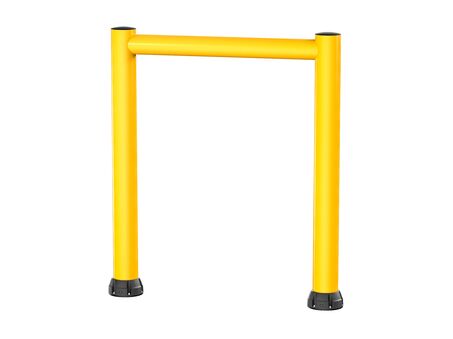
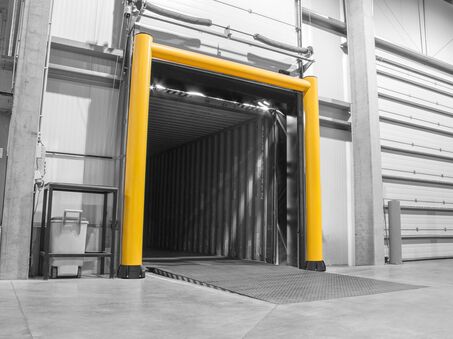
Our height restrictor GOAL POST within the FLEX IMPACT® range is a flexible height restrictor that protects your gates, canopies, and bridges from collisions with high vehicles such as aerial work platforms, lorries, and buses. A GOAL POST consists of a portal and an optional unattached adjustable tube or TOUCH BARRIER. The GOAL POST is available in custom sizes and in a variety of colours.


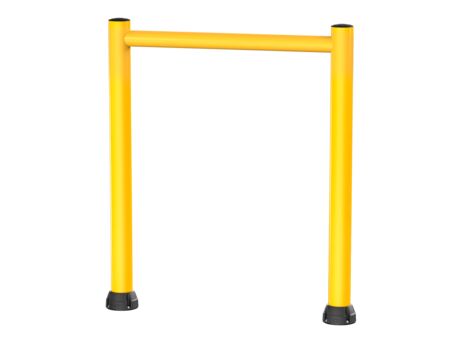
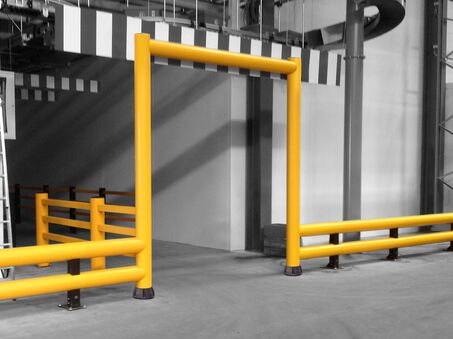
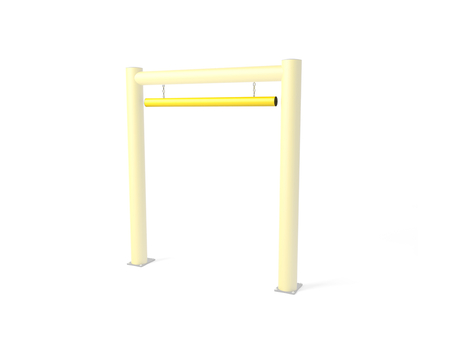
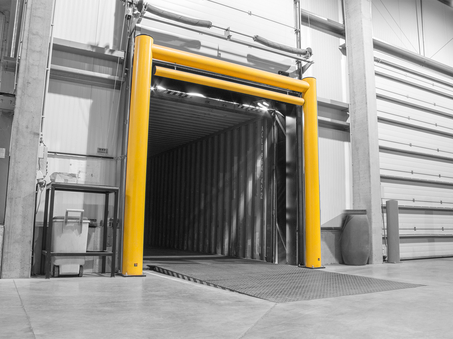
Looking for impact-resistant bollards to protect your vulnerable infrastructure up to 24.1 kJ? Discover Boplan's FLEX IMPACT® bollards.
Height restrictors are safety solutions that prevent collisions with high obstacles. They consist of a horizontal height barrier supported by two vertical bollards. Their presence prevents damage to the company's infrastructure and to the forklifts or vehicles themselves. They are often installed at the gates and entrances of warehouses, factories, and loading docks, as these are the most vulnerable to collisions at height.